Ian Fleming may not have been a spy, but many aspects of James Bond’s persona were drawn from the British author’s own experiences. Both were prolific smokers, for example, with a preference for the same cigarette brand.
Of course, there’s also the fact that some of 007’s exploits were inspired by Fleming’s real-life experiences as an intelligence officer during WWII.
But perhaps most importantly, both had a keen eye for fine cars.
So as the 25th Bond film hits cinemas, we’re taking a look back at Fleming’s automotive history.
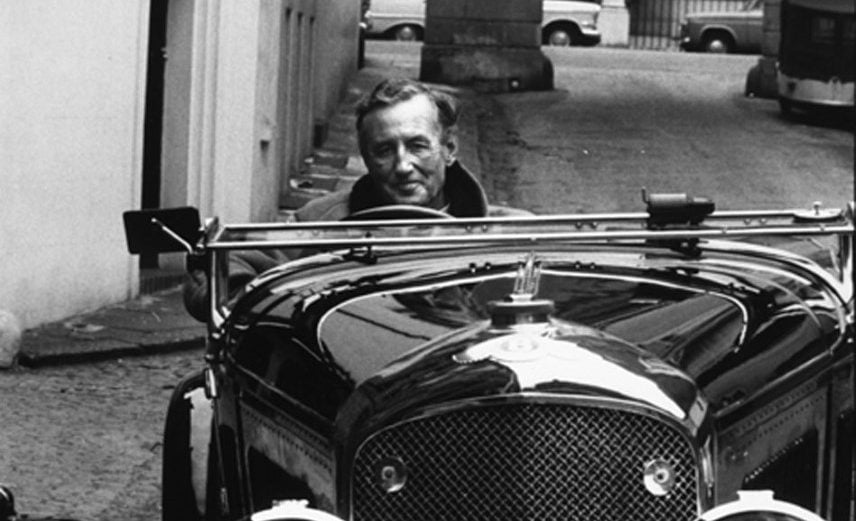
Fleming, who also penned Chitty Chitty Bang Bang, never professed to be an expert on cars, sometimes calling in help to accurately describe Bond’s transport. Some errors still filtered through; an Aston Martin DB Mk.III is referred to as a DB3, and Bond’s own six-cylinder ‘Bentley Mark II Continental’ doesn’t exist by that name.
Bond’s debut ride may have been a 1930 4½-litre Bentley Blower, but Fleming began with a string of far more pedestrian cars.
In his pre-war youth he drove a two-door Buick and red Graham-Paige. After his stint in naval intelligence, he went through a Morris Oxford, Hillman Minx, and Citroen 8CV.
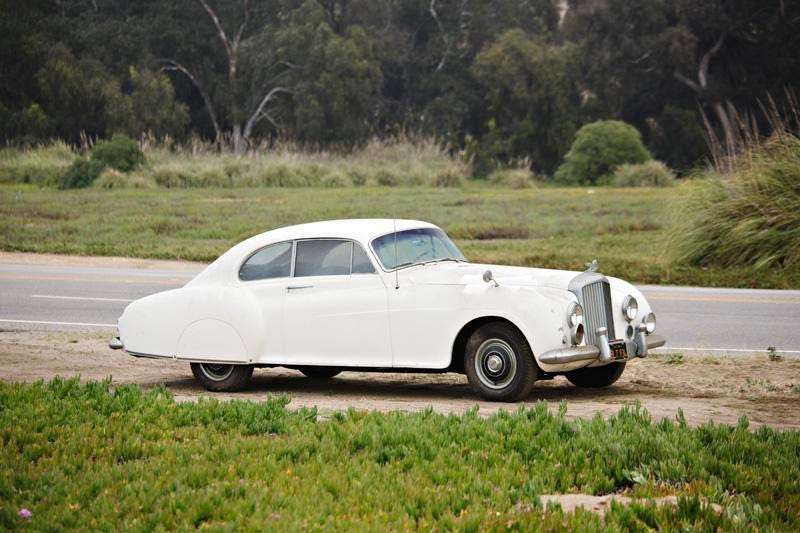
A clear highlight was a 1953 Bentley Continental R-Type, clad in a fastback body by coachbuilder H.J. Mulliner. Fleming ordered the car on behalf of close friend Ivar Felix Bryce, who inspired Bond ally Felix Leiter.
An Armstrong Siddeley and a Daimler convertible came soon after — the latter proving somewhat fateful in Fleming’s automotive journey. “I couldn’t stand the ugliness of its rump,” he told Automobilia in 1958. “And when the winter came and I found the engine ran so coolly that the heater wouldn’t heat, I got fed up with post-war English cars.”

Fleming sold the film rights to Casino Royale in 1955, buying himself a “luxurious present” in the form of a black 1956 Ford Thunderbird.
A manual two-seater, the car was ordered with “as little power assistance as possible.”
He had pondered a Lancia Aurelia B20 GT coupé or Mercedes 300SL, before deciding the Lancia was too much like “an angry washing machine.”
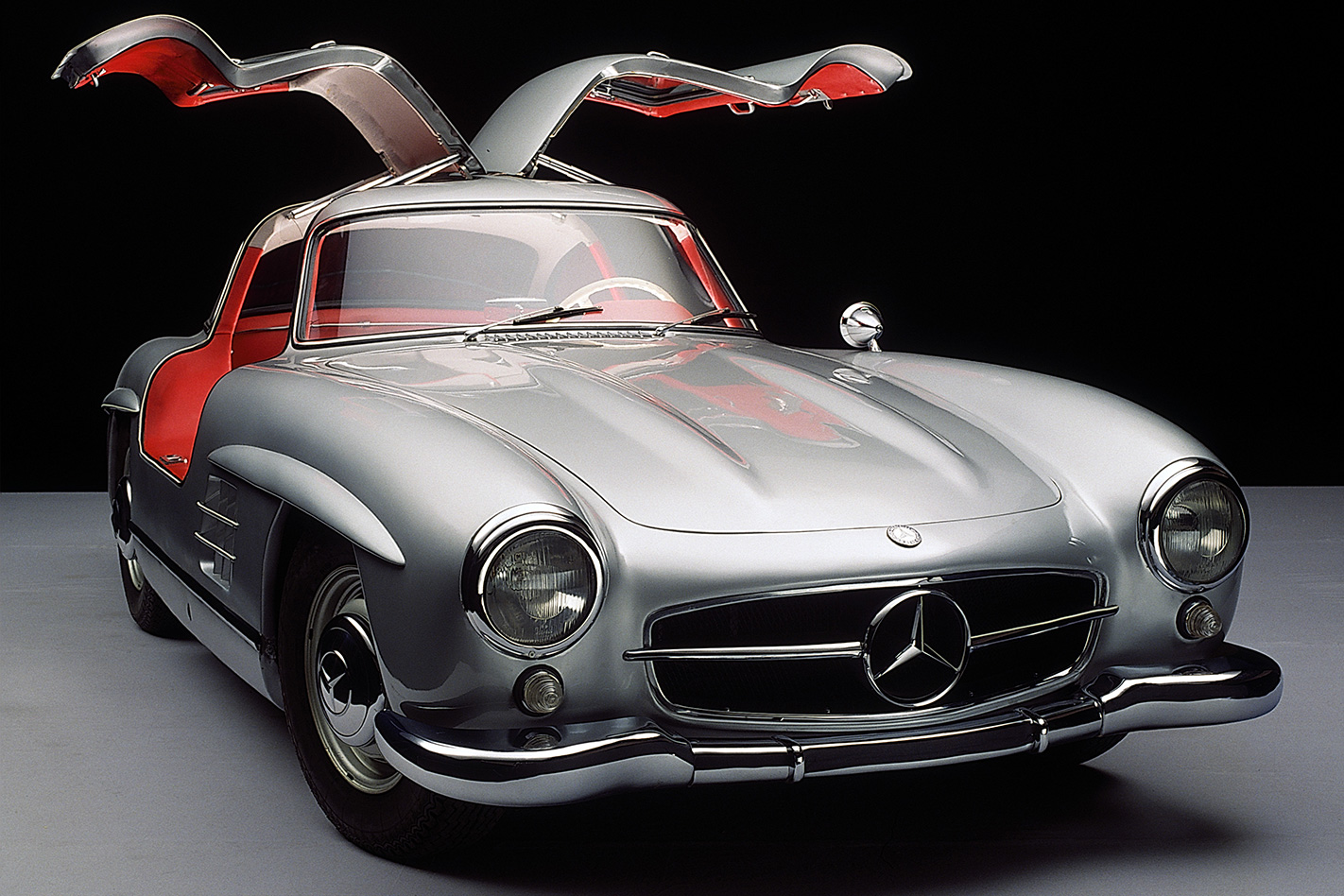
He said the Mercedes was “still more expensive and selfish,” pointing out how “the highly desirable SL has only room beside the driver for a diminutive blonde with a sponge bag.”
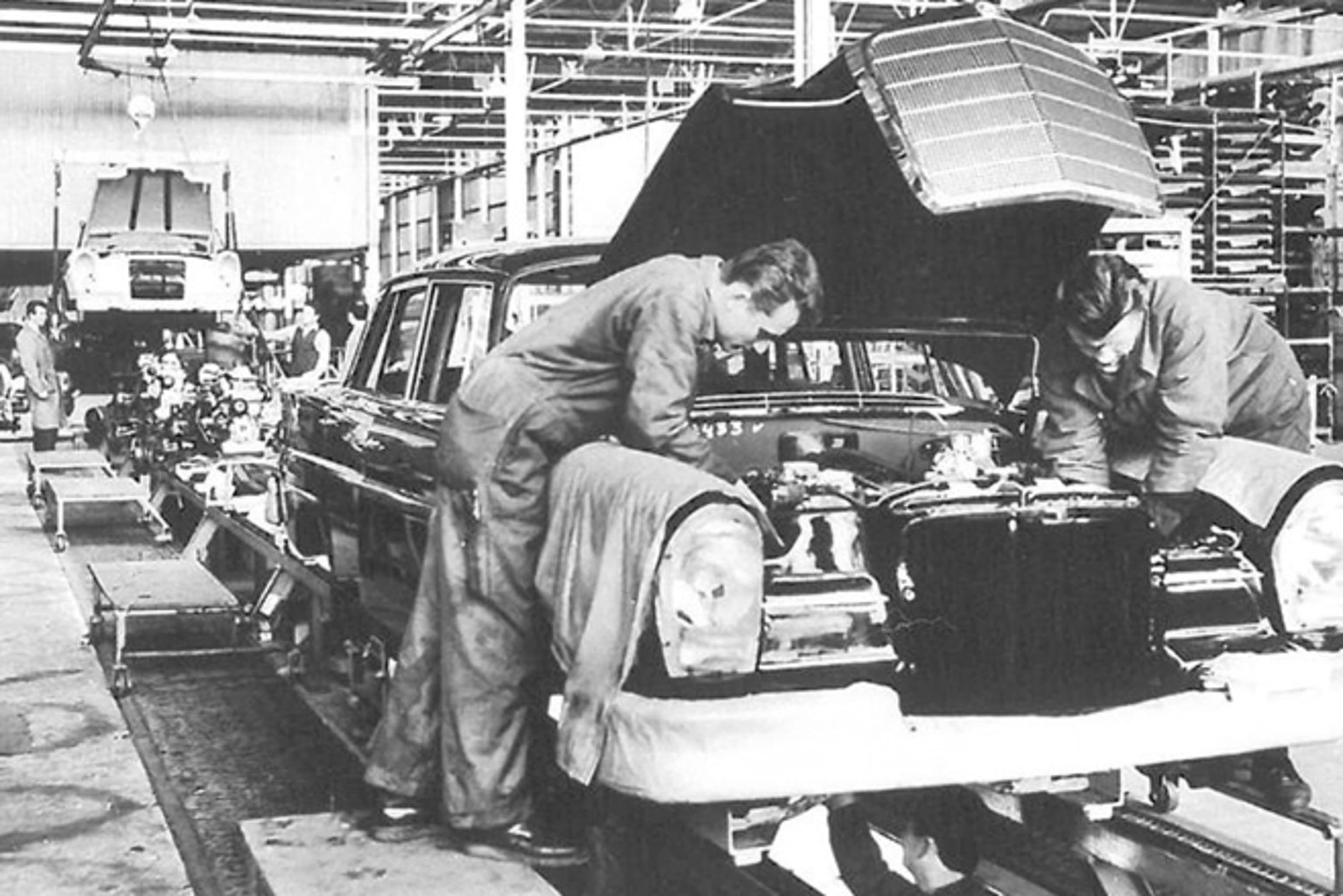
Fleming was pleased with the T-Bird, but was in the market for a new car by 1959. In a letter to friend Anthony Terry, he expressed interest in the fuel-injected Mercedes 220SE, but wrote he would “greatly prefer a convertible or sports type” bodystyle to the sedan.
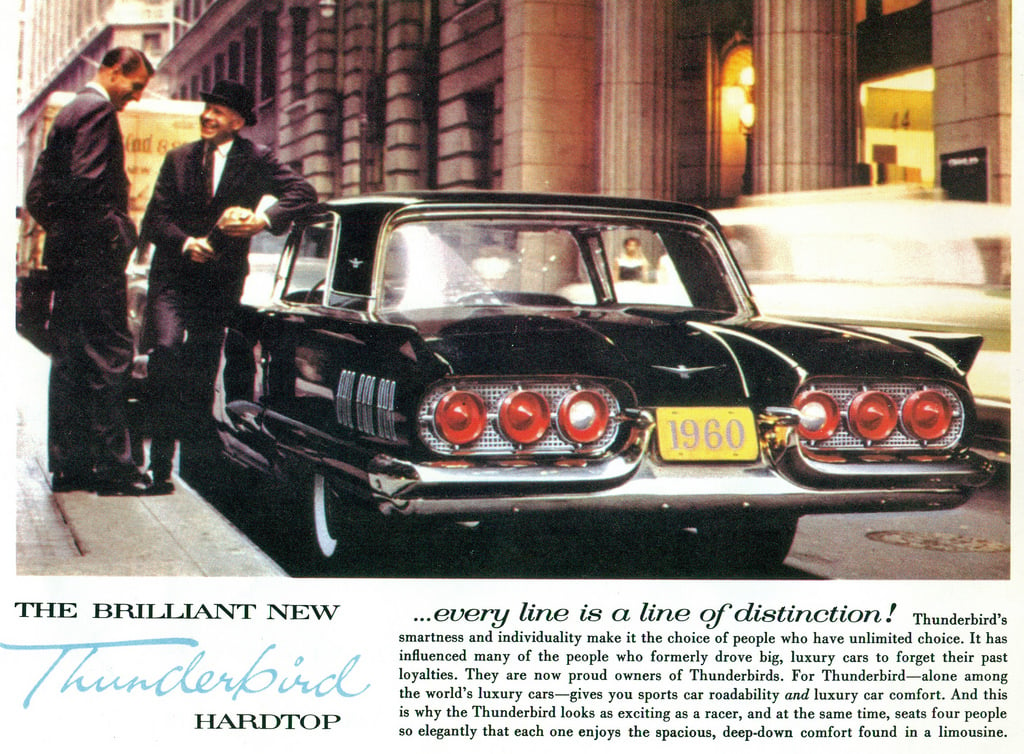
By the time the drop-top and coupe 220SEs appeared in 1960, Fleming had bought another Thunderbird instead, a new ‘Square Bird’ model with four seats and a 7.0-litre (430ci) MEL V8. Bond would make his first and last appearance behind the wheel of a Thunderbird around this time, in 1961’s The Spy Who Loved Me.
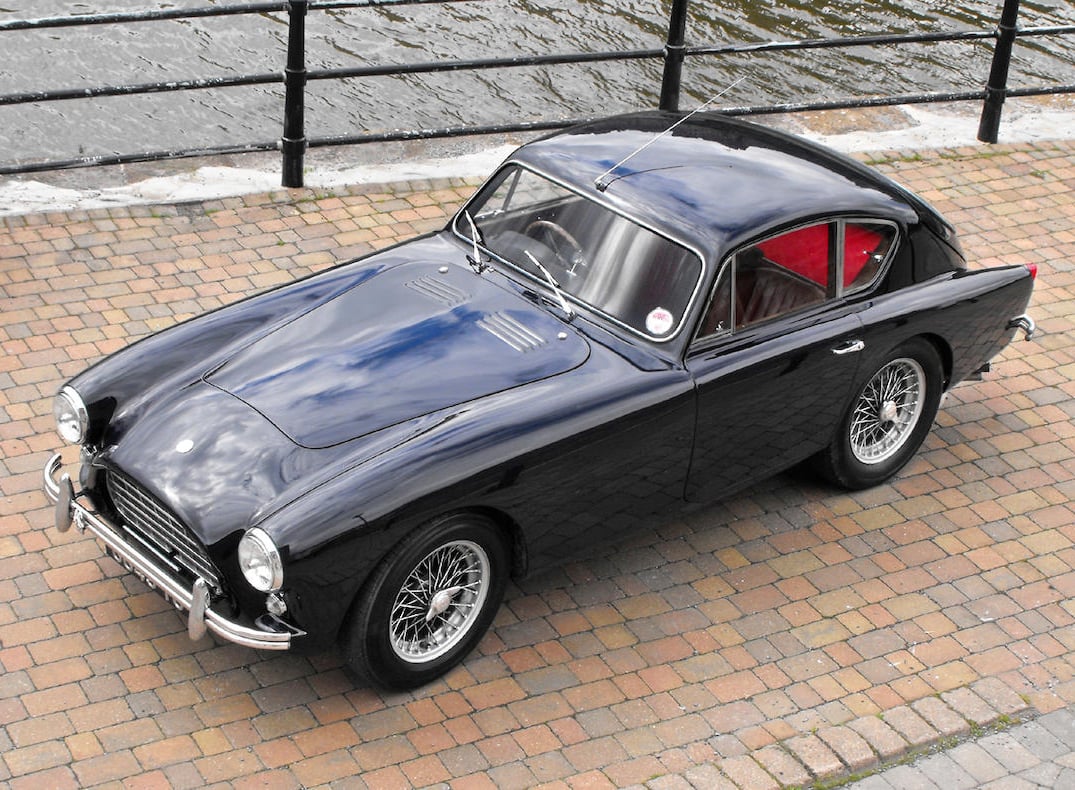
Fleming did purchase one more British car in his final years, a 1962 AC Aceca coupe — one of just six powered by a tuned version of the Ford Zephyr’s 2.6-litre six. He ordered the car with Ruddspeed’s ‘Stage II’ conversion, which offered larger valves, lightened pistons, triple SU carbs, a four-speed manual gearbox, and even an FM radio conversion.
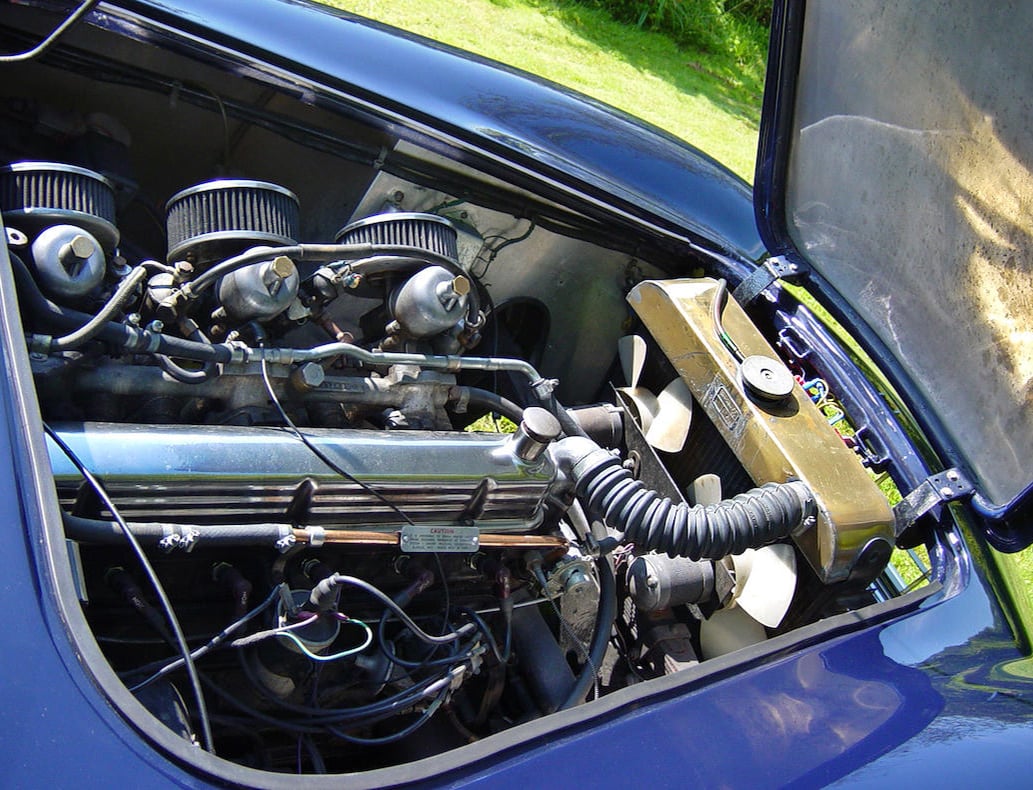
The author sold the car just a year later. It eventually made its way to a collector in Holland, before being repatriated in 1987. Auction house Bonhams sold the Aceca in 2010 for £79,255 (AU$145,423).

Fleming bought a Studebaker Avanti shortly after, finished in special-order black with matching dyed seats. “It will start as soon as you get out in the morning,” he enthused to Playboy of the coupe in 1963.
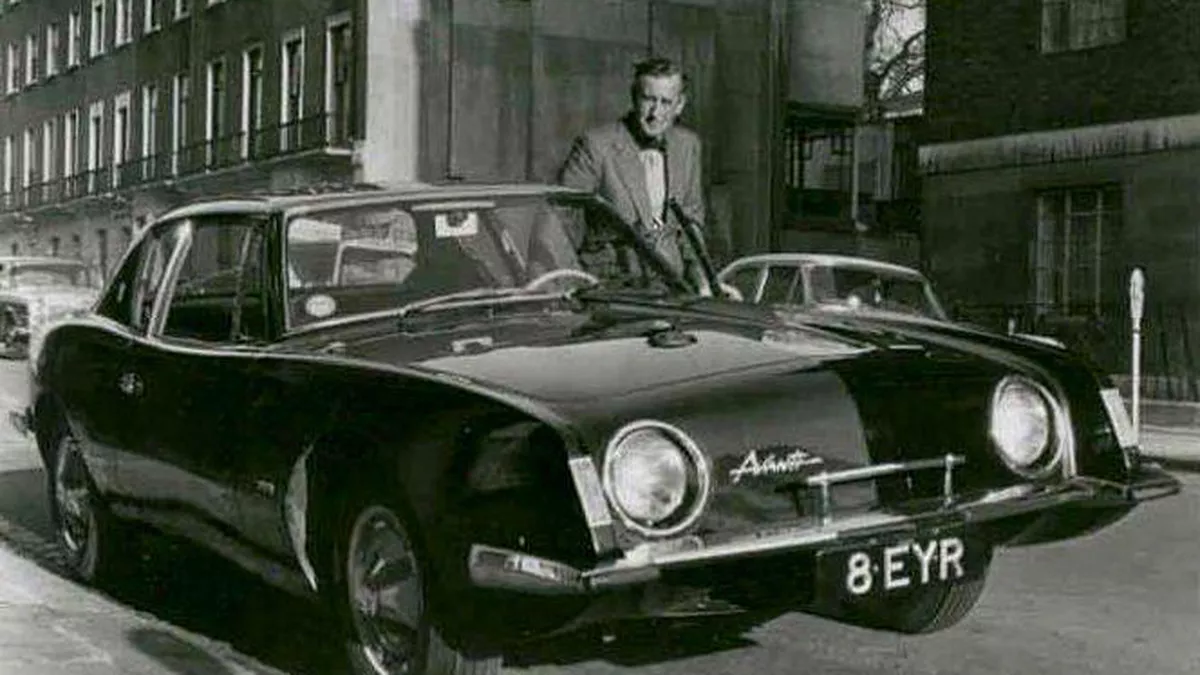
“It has a very nice, sexy exhaust note and will do well over a hundred and has got really tremendous acceleration and much better, tighter road holding and steering than the Thunderbird. Excellent disc brakes, too.
“I’ve cut a good deal of time off the run between London and Sandwich in the Avanti, on braking and power alone. So I’m very pleased with it for the time being.”
Fleming died of heart disease in August 1964, aged just 56. His final novel, The Man with the Golden Gun, saw assassin Francisco Scaramanga drive a red Thunderbird. Weeks after his death, a ‘Jet Bird’ Thunderbird would make its Bond screen debut in Goldfinger.
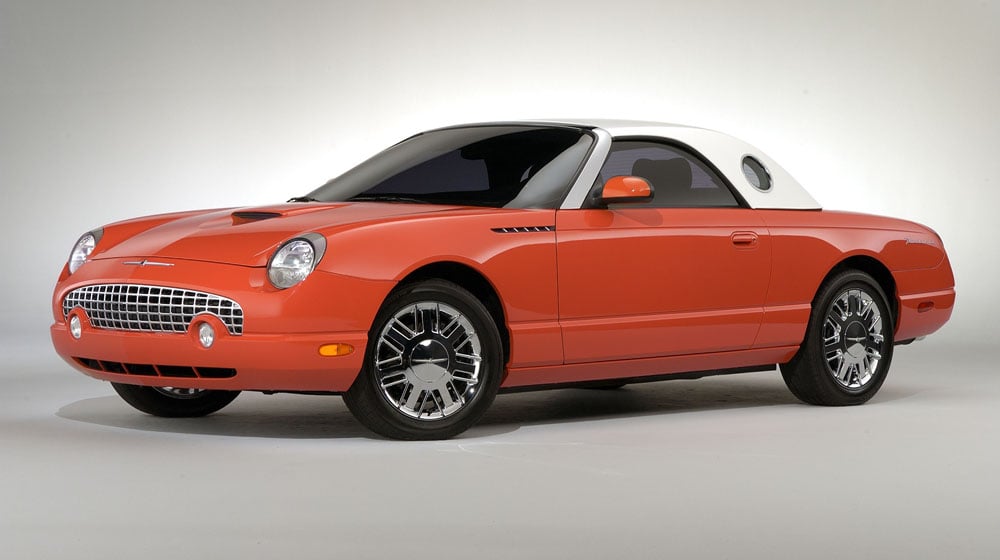
Halle Berry’s Bond girl Jinx would drive a 2002 Thunderbird in Die Another Day. A limited ‘007 Edition’ version released to the public in the same year, colour-coded to Berry’s bikini worn on-screen.
Though it’s obvious the T-Bird appeared due to Ford’s then-ownership of Aston Martin, some consider it a tribute to the Bond progenitor’s own tastes, almost four decades after his death.
No Time to Die is in cinemas now.
We recommend
-
 Features
FeaturesLicence to kill cars: we speak to the stunt team behind No Time to Die
A Land Rover Defender in MOTOR? It must be destroyed. We speak to the stunt team behind the latest Bond movie
-
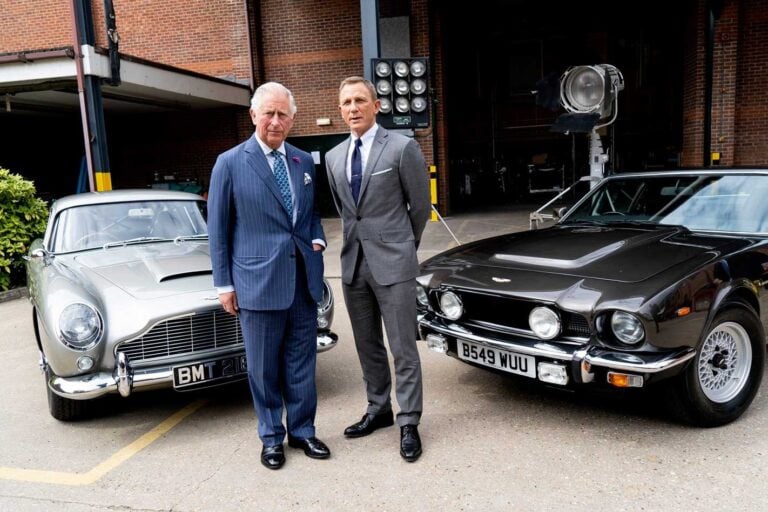 News
NewsAston Martin confirms the Bond cars for No Time to Die
A spread of Aston Martin's history will be represented in the upcoming Bond movie
-
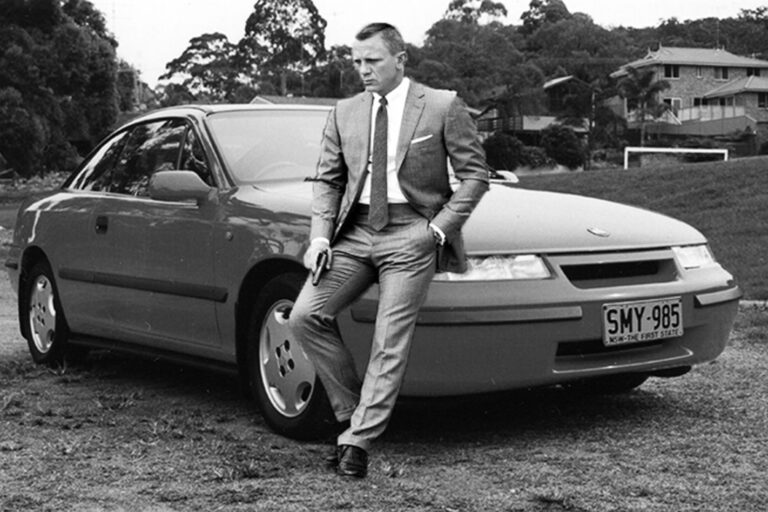 Features
FeaturesThe 10 Worst Bond Cars - A View To A Fail
After 24 movies spanning more than half a century, the Bond franchise has brought us some great cars. These are not them.





